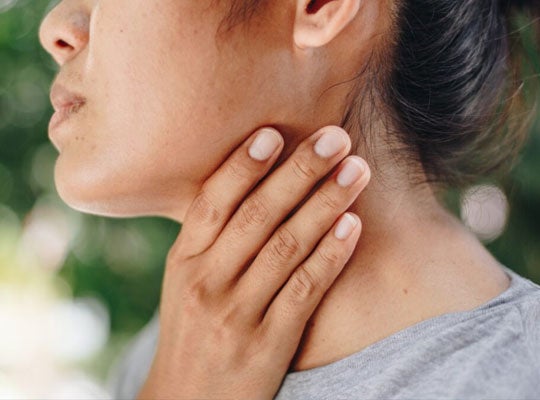1. Clavé, P., & Shaker, R. Dysphagia: current reality and scope of the problem. Nature Reviews Gastroenterology & Hepatology 2015; 12(5): 259-270.
2. Adkins, C., et al. Clinical Gastroenterology and Hepatology 2020; 18(9): 1970-1979.
3. Martino, N., et al. Dysphagia after stroke. Stroke 2005; 36(12): 2756-2763.
4. Putri, A. R., et al. Age and Ageing 2024; 53(3): afae037.
5. García-Peris, P., et al. Nutritional assessment in patients with dysphagia. Clinical Nutrition 2007; 26: 710-717.
6. Rommel, N., & Hamdy, S. Oropharyngeal dysphagia: manifestations and diagnosis. Nature Reviews Gastroenterology & Hepatology 2016; 13: 49–59.
7. O'Rourke, F., Vickers, K., Upton, C., & Chan, D. Swallowing and oropharyngeal dysphagia. Clinical Medicine (London) 2014; 14(2): 196-199.
8. Schindler, A., et al. History and science behind the Eating Assessment Tool-10 (Eat-10): Lessons learned. Journal of Nutrition, Health & Aging 2023; 27(8): 597-606.
9. Volkert, D., et al. ESPEN guideline on clinical nutrition and hydration in geriatrics. Clinical Nutrition 2019; 38(1): 10-47.
10. Burgos, R., et al. ESPEN guideline clinical nutrition in neurology. Clinical Nutrition 2018; 37(1): 354-396.
11. Baijens, L. W., et al. European Society for Swallowing Disorders - European Union Geriatric Medicine Society white paper: oropharyngeal dysphagia as a geriatric syndrome. Clinical Interventions in Aging 2016; 11: 1403-1428.
12. Rofes, L., et al. The effects of a xanthan gum-based thickener on the swallowing function of patients with dysphagia. Alimentary Pharmacology & Therapeutics 2014; 39(10): 1169-1179.






